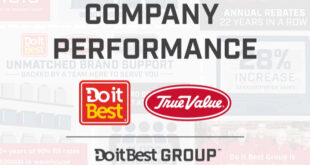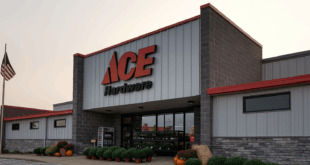The sweeping effects of tariffs in 2025 have impacted almost every industry, including the home improvement and construction industries. The Home Improvement Research Institute and Datavations’ Tariffs and Toolbench webinar unpacked the costly effects these tariffs are having on particular categories in the home improvement industry, and what retailers can do to offset the impacts.
At the highest levels since 1933, tariffs are increasing costs for consumers in significant ways, bringing an estimated $2,200 per household in added expenses, according to HIRI and Datavations. The construction and agriculture sectors have shrunk, with construction growth down 3.6%. Raw materials, like lumber, steel, aluminum and electrical products have surged in price, affecting project frequency and delaying project timelines.
At the same time, U.S. manufacturing is projected to grow around 2% overall as demand for U.S. made products has increased, but should be assessed with caution as this could be a trend.
“It will be interesting to watch how tariffs impact sales at the SKU and brand level to see if price points move up or down and what the impact on share will be,” says Peter Greene, head of strategic business development at Datavations. “The remainder of 2025 and early 2026 will be critical for manufacturers to understand and adjust inventory, pricing and SKU metrics to protect share and capitalize on growth opportunities.”
During this volatile time, retailers should stay vigilant and prepare for the unknown effects of current and upcoming tariffs. Creating a tariff risk profile for products based in certain countries where imports are tariffed, adapting prices to accommodate price-pinched DIYers while staying competitive and investing in low-risk supply chain partners are ways to brace for the unprecedented impacts retailers are seeing across the board.
 Hardware Retailing The Industry's Source for Insights and Information
Hardware Retailing The Industry's Source for Insights and Information







